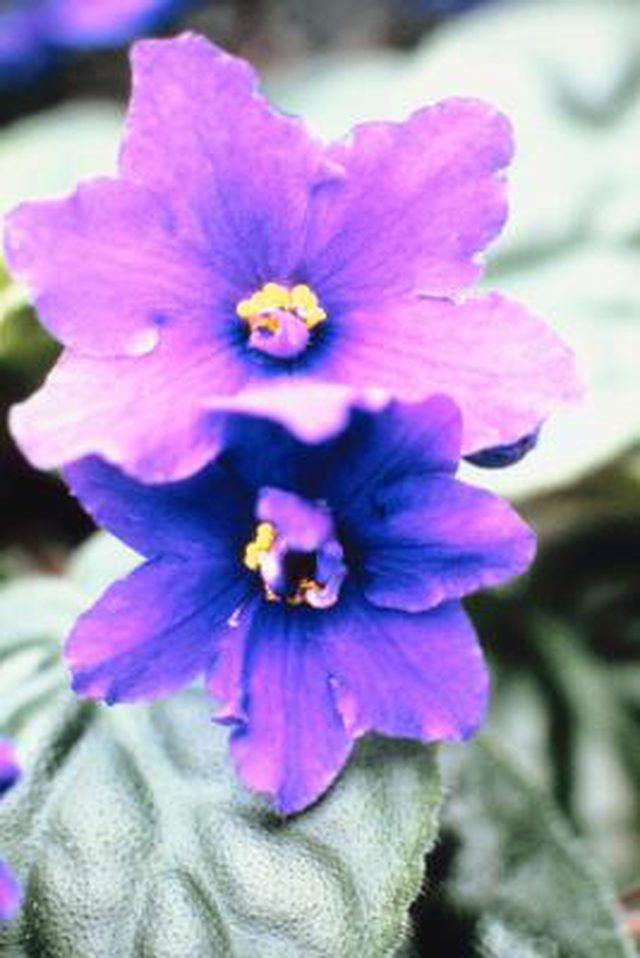Bulbs
Flower Basics
Flower Beds & Specialty Gardens
Flower Garden
Garden Furniture
Garden Gnomes
Garden Seeds
Garden Sheds
Garden Statues
Garden Tools & Supplies
Gardening Basics
Green & Organic
Groundcovers & Vines
Growing Annuals
Growing Basil
Growing Beans
Growing Berries
Growing Blueberries
Growing Cactus
Growing Corn
Growing Cotton
Growing Edibles
Growing Flowers
Growing Garlic
Growing Grapes
Growing Grass
Growing Herbs
Growing Jasmine
Growing Mint
Growing Mushrooms
Orchids
Growing Peanuts
Growing Perennials
Growing Plants
Growing Rosemary
Growing Roses
Growing Strawberries
Growing Sunflowers
Growing Thyme
Growing Tomatoes
Growing Tulips
Growing Vegetables
Herb Basics
Herb Garden
Indoor Growing
Landscaping Basics
Landscaping Patios
Landscaping Plants
Landscaping Shrubs
Landscaping Trees
Landscaping Walks & Pathways
Lawn Basics
Lawn Maintenance
Lawn Mowers
Lawn Ornaments
Lawn Planting
Lawn Tools
Outdoor Growing
Overall Landscape Planning
Pests, Weeds & Problems
Plant Basics
Rock Garden
Rose Garden
Shrubs
Soil
Specialty Gardens
Trees
Vegetable Garden
Yard Maintenance
How to Take Care of Violets
How to Take Care of Violets. African violets (Saintpaulia ionantha) are common houseplants with dark green, fuzzy leaves and small flowers in shades of white, pink, purple and violet. Violet lovers can find standard, miniature or trailing varieties. Their care is easy; keep them happy with bright light, moist soil and a comfortable room...

African violets (Saintpaulia ionantha) are common houseplants with dark green, fuzzy leaves and small flowers in shades of white, pink, purple and violet. Violet lovers can find standard, miniature or trailing varieties. Their care is easy; keep them happy with bright light, moist soil and a comfortable room temperature.
Things You'll Need
Pot
Potting soil
Spray bottle (optional)
Water dish (optional)
Fertilizer
Prepare a 4- to 6-inch diameter pot with drainage holes in the bottom. Wash it with a mild soap and warm water and allow it to air dry. Sanitize it if it has been previously used for other plants. Mix a bleach solution of nine parts water to one part bleach. Soak the pot for 30 to 60 minutes before rinsing it thoroughly; allow it to air dry.
Make a potting soil mixture of half compost and half perlite or vermiculite. This creates a lightweight soil that won't hold water against the plant's roots. Alternatively, purchase a commercial potting soil formulated for violets. Fill the pot half-way with soil.
Place the violet in the center of the pot, holding the violet straight. Pour the potting soil mixture around the plant, leaving a 1/2-inch gap below the top of the pot. Allow the crown of the violet plant -- the base directly above the roots -- to protrude slightly from the soil.
Water the violet with room temperature, filtered water that contains no chlorine. Pour water into a dish at the bottom of the pot to be absorbed into the soil. Alternatively, water it from the top, applying water only to the base of the plant. Avoid moisture on the leaves as this can cause the leaves to spot or even rot.
Position the violet in a warm room, near a window with bright light that is filtered through curtains or blinds, or provide fluorescent light for 10 to 12 hours per day if a window is not available.
Mix 1/4-teaspoon of a water soluble fertilizer appropriate for violets -- such as a 20-20-20 mixture -- with one gallon of water. Use this mixture each time you water the violet to provide consistent feeding.
Tips & Warnings
Remove dead or dying leaves every few days from the violet to help it funnel nutrition to healthy leaves.
Divide and repot your violet every few years or it can become root bound and eventually die.
Avoid placing your violet in a spot that gets frequent drafts, such as near a door.